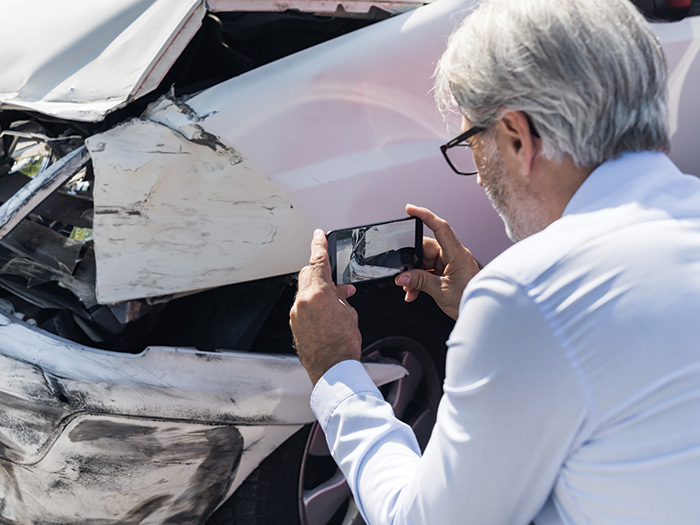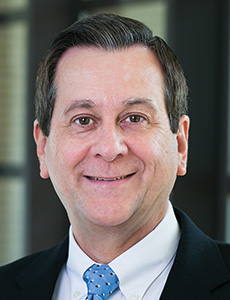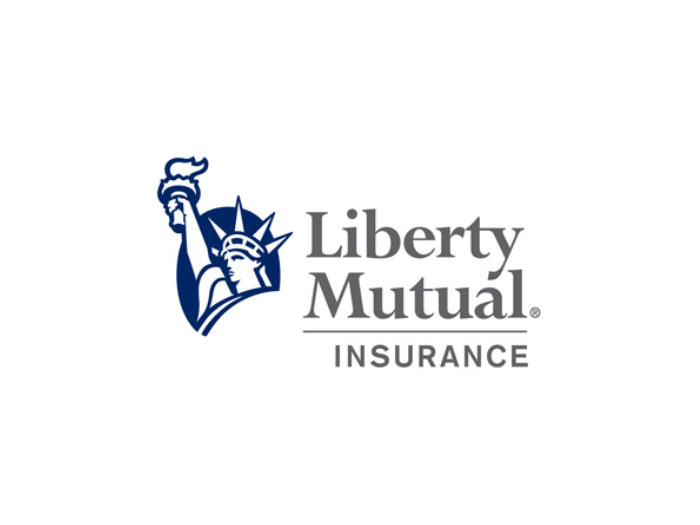Touchless Claims Show Promise, But Is It Enough to Save Commercial Auto?

As AI, image quality and cloud-based services improve, the insurance industry is slowly moving closer to an era where many claims may soon be processed without any human touch at all.
One area where fully automated claims could bring new efficiencies and benefits is in commercial auto insurance. In a market where losses and claims are high, improving operational efficiencies is one of the most viable ways to gain profitability.
Experts say most of the technology is already here, and while it must be refined to be ready for widespread adoption, it could be a mainstream reality within the next few years.
Commercial Auto: High Loss Rates, Low Profitability
Commercial auto insurance has been a tough market for many carriers in recent years. Rising accident rates and increasing loss ratios due to distracted driving and more expensive equipment being insured has led to higher operational costs and a more complex and competitive pricing environment.
According to a report by Fitch Ratings, as underwriting losses continue to climb in the commercial auto insurance market, price increases alone are no longer sufficient. Carriers must now look to risk selection, underwriting practices and claims, said James Auden, managing director in Fitch’s Insurance Ratings Group, in a press release.
While the industry can’t directly control accident rates or the cost of equipment being insured, it can address operational efficiencies and the way it handles claims.
Many carriers are trying to move to more efficient, fast-track claims processes that use some sort of automation or virtual element, said Bill Brower, vice president, product management, claims at LexisNexis. The next logical step is an automated “Amazon-like” claims process that can be handled with little or no human element.
“With data, technology and everything we have today, we should be able to put this together in a way that a claim can be processed from start to finish without an adjustor involved,” Brower said.
While many insurers have been slow to adopt AI, one area in which they have been testing the technology is to review estimates to see if there is disagreement between what a person has written and what the machine intelligence believes, said Olivier Baudoux, SVP Global Product, Artificial Intelligence and Marketing at Mitchell International.
Several insurers are already moving towards more automated claims technology that reduce human touches.
For example, USAA is working in collaboration with Google, using machine learning to digitize the process. The goal is to speed up the auto claims process by obtaining near real-time damage estimates from digital images.
The appraiser takes photos of the car and uploads them to Google Cloud, from where they can apply machine learning and identify the damage in real time then send the data to USAA and into the Mitchell Estimating platform.
From there, Mitchell’s software can search parts and labor databases, apply that information to the estimate and return it to USAA for appraisers to review and make any necessary adjustments.
“The technology now gives claims teams the opportunity to focus more deeply on connecting and providing guidance to our members, during what can often be a trying time,” said Ramon Lopez, USAA’s VP, Innovation, in a press release.
Increasing Automation from Virtual to Touchless
The 2019 Future of Claims Study by LexisNexis found that auto insurance carriers are increasingly looking to automation to increase efficiency, reduce costs, and improve customer service.
Nearly 80 % of surveyed auto insurance executives said they are considering or are open to the idea of touchless claims. Many are already using some form of automation to speed up cycle times, reduce touches, lower loss adjustment expenses and improve customer satisfaction.
In a completely touchless claims experience, no claims adjustor or insurance carrier employee is involved in the process at all, Brower said. Technology reports the claim, documents damages, processes invoices, and makes all communications electronically.
Claims that meet the approval process are paid automatically without human intervention while those that don’t are flagged for manual inspection. Brower believes that within three years, roughly half of all auto claims could be handled in this fashion.
Because of the high volume of losses and claims in commercial auto, automated claims processes could greatly increase efficiencies, said Jeff Saye, global practice leader of insurance claims at Genpact.
And unlike with personal auto where customers may appreciate more of a human touch, commercial policy holders “just want to get their person back on the road so they can do their job,” Saye said.
Genpact is also working to refine weather models in order to say with better certainty when an event might occur.
New advanced AI engines can help better identify when loss events might happen, what the severity might be, and what kind of claims they might expect so they can better engage the supply chain and address claims as they come in.
When combined with automation on the front end, it could help create a fully touchless claims process.
“It can really change the game with the insurance relationship with the policyholder. When we look at some of the touchless claim things now that are taking place, all of those create the foundation for those types of opportunities in the future,” Saye said.
As the average insurer has more than 150 information points fed into the typical claims process, touchless technology could greatly increase efficiency, said Thomas Hauschild, vice president of product at omni:us.
In a straightforward claim where repair costs are low, AI assists could authorize the owner to take the vehicle to the shop in as little as 10 seconds.
Challenges in Adoption
While touchless technology may help carriers improve operations and reduce costs, it can also present challenges, as it needs the ability to expedite claims processes electronically without any handoffs.
One issue many companies will face is moving past legacy systems which were mainly designed to handle calls, assign agents and expedite manual processes, according to Baudoux.
“You have to be careful on how you are disrupting existing business processes, particularly when you’re placing product and solutions side by side or next to experts or humans that have been working in the processes for years and years,” Baudoux said.
Insurers will also have to strike a balance between automation and human-driven customer service, Brower said. Even those claims that can be handled without an adjustor may require a human call or touchpoint to demonstrate customer service.
While we’re moving closer to a touchless claim environment, many areas of the technology still need to be optimized.
As machine learning engines are only as good as the information they receive, untrained users may submit insufficient quality images.
“All of those photos are ultimately being put into the cloud and the machine and that is really what the machine is going to be using to make predictions,” Baudoux said.
Developers of touchless solutions will have to further train and fine tune machines on recognizing things like glare, resolution, or incorrect angles.
One thing that can help is video, as it can capture a series on frames from a variety of angles giving the machine more information to work from.
Baudoux believes we’re still years off from having a large volume of estimates being conducted in a touchless fashion. But what is happening in the short term is that carriers are introducing the concept to run AI either before, during or after the human has done their work.
Intelligent Review, which acts as a type of “spell check,” is opening the door for that process. “It gives you a chance to expose the solution, check for accuracy and the value that the machine can bring … while it is happening,” Baudoux said. “It’s opening the door to touchless claims.” &











